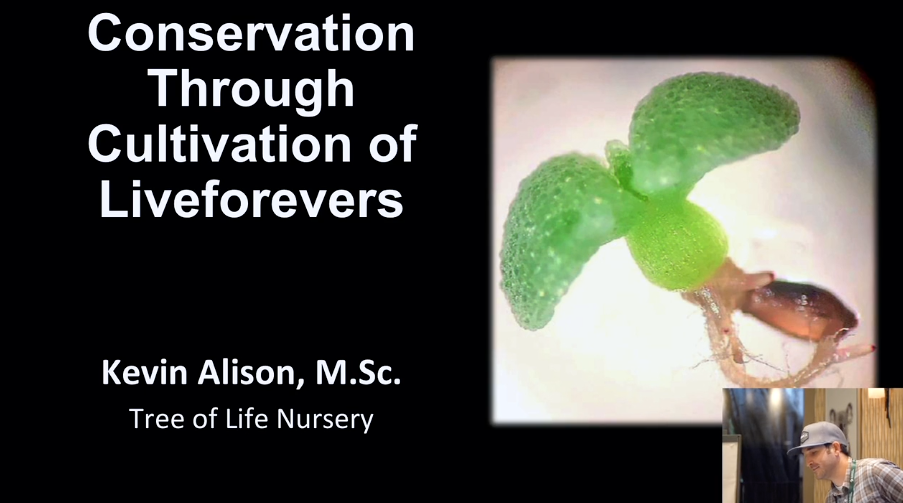
Kevin Alison from the Tree of Life Nursery presents Dudleya propagation research that the nursery is currently conducting. He addresses threats the genus Dudleya faces including habitat loss and extreme poaching. Utilizing tissue culture methods, Kevin seeks to bring more of these charismatic species to the nursery trade. He hopes that readily available plants can […]
Read More…
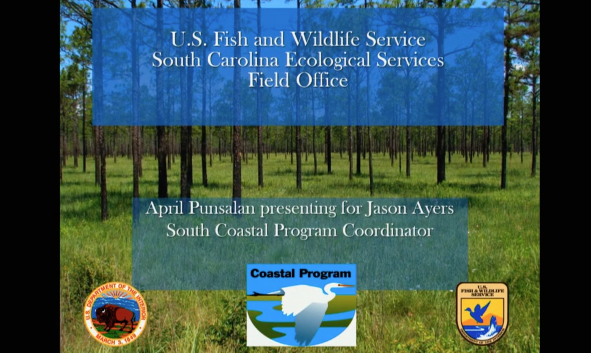
April Punsalan, U.S. Fish & Wildlife Service April Punsalan describes work that Jason Ayers has done with the South Coastal Program in South Carolina protecting and restoring wetland ecosystems. […]
Read More…
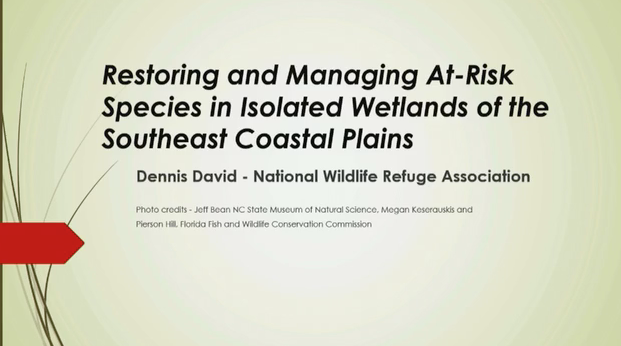
Dennis David, National Wildlife Refuge Association; Chuck Hunter, US Fish & Wildlife Service; Duke Rankin, US Southeastern Partners in Plant Conservation 2020 Conference Abstracts – 38 – Forest Service; Joanne Baggs, US FS; Carrie Sekerak, US FS; Jeff Hall, NC Wildlife Resources Div.; Pierson Hill, Florida Fish & Wildlife Conservation Com.; Greg Titus, FWS; Amy […]
Read More…
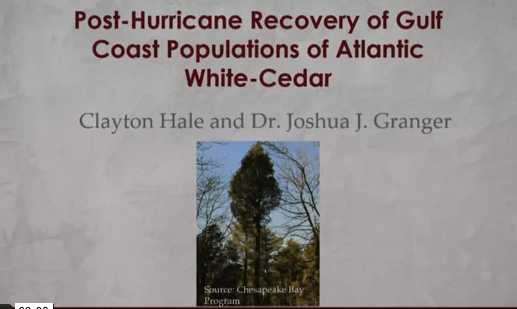
Clayton W. Hale, Mississippi State University Joshua J. Granger, Mississippi State University The number and severity of Gulf Coast hurricanes is increasing, resulting in intensified disturbance on coastal forest communities. Atlantic white-cedar (Chamaecyparis thyoides L.) grows no further than one hundred miles from the coast, making the species particularly vulnerable when hurricanes collide with the coast. […]
Read More…
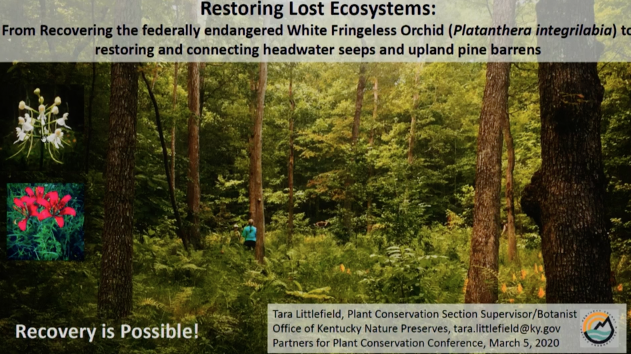
Tara Littlefield, Senior Botanist/Plant Conservation Section Manager, Office of Kentucky Nature Preserves It all started with a monitoring study of a declining White fringeless orchid (Platanthera integrilabia) population in 2007 at a State Nature Preserve in the Cumberland Plateau of Kentucky. This talk will outline this long term monitoring study of the white fringeless orchids […]
Read More…
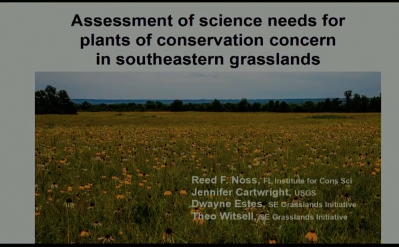
Dr. Reed Noss, Southeastern Grasslands Initiative, Florida Institute for Conservation Science and Southeastern Grasslands Initiative (Contractor) Jennifer Cartwright, U.S. Geological Survey Dwayne Estes, Southeastern Grasslands Initiative Theo Witsell, Southeastern Grasslands Initiative Grasslands of the southeastern United States are considered “endangered ecosystems,” with many grassland types having been reduced by more than 90% since European settlement […]
Read More…

Hannah Cook, M.S. Candidate, Biology, Western Carolina University Stenanthium gramineum (Ker. Gawler) Morong, commonly known as “Eastern Featherbells” is a perennial herb that occurs in the Southern Appalachians and more broadly throughout the midwestern, southwestern and eastern U.S. Historically, this species has been under-studied, and is taxonomically unclear. Currently, two varieties are recognized, distinguished in […]
Read More…
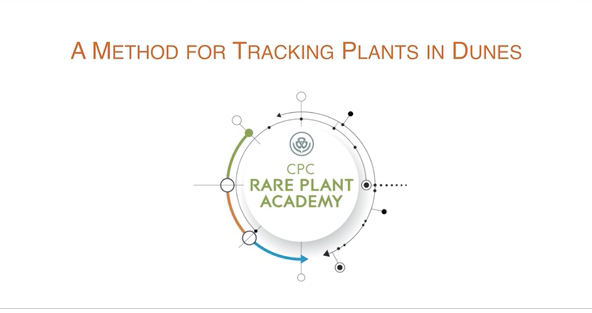
Jennifer Possley, Fairchild Tropical Botanic Garden Since coastal dunes have constantly shifting sands, tracking individual plants over many years can be challenging. Fairchild Tropical Botanic Garden began working with a federally endangered plant called Beach Clustervine in the late 1990s. This long-lived species grows only in the coastal strand area of coastal dune communities in four […]
Read More…







